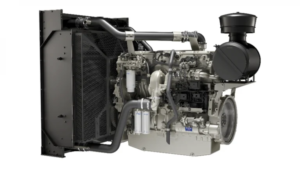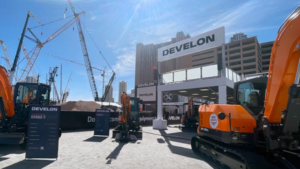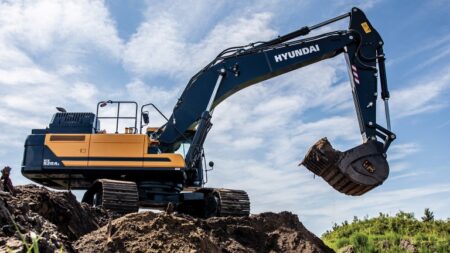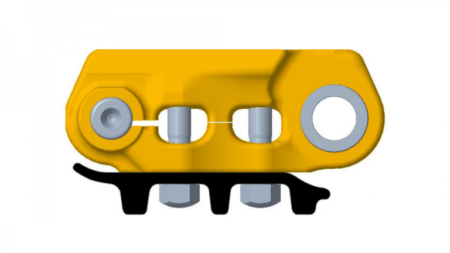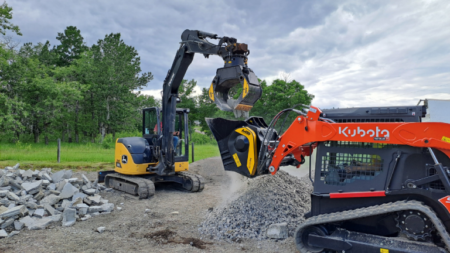Liebherr and Fortescue signed a contract to deliver 475 zero-emission mining machines of which 360 are the autonomous, battery-electric mining truck T 264.
The Liebherr Group
The Liebherr Group invested €666 million (USD 726 million) in research and development in the last year. The majority of these funds went into the development of new products. Liebherr continued to develop existing technologies in 2024 and added several new machines, components, and solutions to its product line.
Through its open approach to technology, Liebherr is helping its contractors and buyers hit their emissions targets. The Group has developed electric drives, alternative fuels for conventional combustion engines, and hydrogen-based drives, like hydrogen engines and hydrogen fuel cells.
In 2024, the company launched the prototype of the L 566 H large wheel loader with a hydrogen combustion engine. As well, Liebherr started a series of deliveries of the LPO 100 mobile energy storage system and began work on developing a more powerful LPO prototype. The LTC 1050-3.1E hybrid crane was also launched, which can be operated on construction sites using battery power alone.
In the field of aerospace, the Group expanded its portfolio with next-generation flight control computers and modular electro-mechanic actuators. At MINExpo 2024 in Las Vegas, Liebherr and Fortescue launched an extension of their partnership, which is the Group’s largest contract in company history. The delivery will comprise 475 zero-emission mining machines, of which, 360 are the autonomous, battery-electric mining truck T 264. The partnership has set out to jointly develop an extensive zero-emission mining ecosystem by 2030.
In the field of autonomy and automation, the LiReCon teleoperation unit became ready for series production. As well, in the gear technology and automation systems product category, Liebherr won an award for the automation solution for disassembly of battery packs. To ensure safety, efficiency, and user experience in semi-autonomous or autonomous machines, Liebherr is researching different machine-based learning algorithms. Furthermore, Liebherr is presenting the Liebherr Autonomous Operations system at Bauma 2025. The solution, which is at an advanced stage of development, facilitates completely driverless operation and is primarily suited to monotonous standard activities and operations in hazardous areas.
The Group furthered its position as a provider of digital solutions. A particular focus was on solutions such as Liebherr Connect to network machines, as well as on IT security solutions for products.
Investment in production, sales, and service
Roughly €989 million (USD 1.07 billion) was invested in production sites and the global distribution, logistics, and service networks. Investments were 4 percent below the previous year’s figure.
In Germany, Liebherr-Components Kirchdorf GmbH invested in the final construction phase of the main plant for the production of hydraulic cylinders, and, in Austria, Liebherr-Werk Bischofshofen GmbH acquired a plot of land in Wildon measuring more than 200,000 m2. This expansion will allow the company to increase production capacities there. The additional production facility is scheduled for completion in 2029.
Also in Austria, Liebherr-Hausgeräte Lienz GmbH, completed work on its new logistics centre. In Campsas, Liebherr-Aerospace Toulouse SAS invested in the construction of a new industrial facility for the production of heat exchangers, which is due to commence operations in 2025. In the American market, which has been one of the Group’s most important markets for many years, Liebherr purchased a plot of land for a new logistics distribution centre in Tupelo, New Mexico. The plant in Newport News, Virginia, was expanded to accommodate future demand for mining trucks.
Read the full article here


